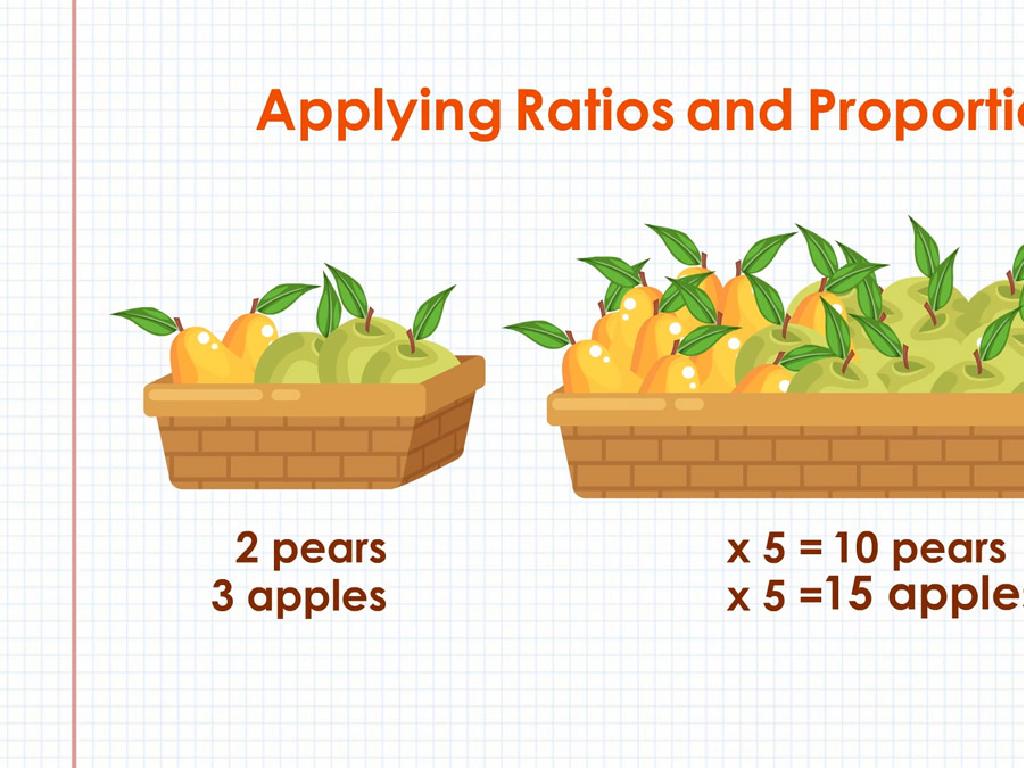Rise To World Power (1890-1945)
Subject: Arts and humanities
Grade: High school
Topic: Us History
Please LOG IN to download the presentation. Access is available to registered users only.
View More Content
America’s Ascent to Global Prominence
– Era overview: 1890-1945
– A transformative period featuring industrial growth and global conflicts.
– Key events marking US power
– Spanish-American War, WWI, WWII, and economic milestones.
– Significance of US’s rise
– Shift from isolation to international leadership.
– Today’s lesson objectives
|
This slide introduces the pivotal era in US history from 1890 to 1945, a time of rapid industrialization, significant wars, and economic upheaval that positioned the United States as a world power. Key events include the Spanish-American War, which marked the US’s first major international military engagement, and both World Wars, which showcased the US’s growing military and economic influence. The period also saw the US transition from a policy of isolationism to one of international engagement and leadership. Today’s lesson will delve into these events and their implications, setting the stage for understanding the US’s current role on the world stage. Students should grasp the complexity of this transformation and its lasting impact on international relations and domestic policy.
The Spanish-American War and US Ascendancy
– USS Maine: Catalyst for war
– The sinking of USS Maine in Havana Harbor escalated tensions, leading to war.
– Territorial gains post-war
– Acquisitions like Puerto Rico, Guam, and the Philippines expanded US influence.
– ‘Yellow Journalism’ and public opinion
– Sensationalized media coverage by Hearst and Pulitzer swayed public perception.
– US emergence as a world power
|
This slide aims to explore key factors of the Spanish-American War and its role in marking the United States’ rise to global prominence. The mysterious explosion of the USS Maine served as a significant pretext for the US’s declaration of war against Spain. The territorial acquisitions that followed the war signified a substantial expansion of US power, with new territories serving as coaling stations and strategic military bases, thereby facilitating a global American presence. The concept of ‘Yellow Journalism’ should be discussed, highlighting how exaggerated news reports influenced public sentiment and fueled the fervor for war. Finally, emphasize the war’s outcome as a turning point, establishing the US as an international power with newfound political and economic interests worldwide.
World War I and the US: Entry, Victory, and Aftermath
– Reasons for US entry into WWI
– Unrestricted submarine warfare, Zimmermann Telegram, and economic ties to Allies
– US role in Allied victory
– Provided fresh troops, materials, and financial support to worn-out Allied forces
– Treaty of Versailles
– Peace treaty that ended WWI, which the US helped to negotiate
– Consequences for the US
– Led to debates over isolationism and the League of Nations, shaping future US foreign policy
|
This slide aims to provide an overview of the United States’ involvement in World War I and its implications. Discuss the key reasons that led the US to join the war, emphasizing the impact of German submarine attacks and the Zimmermann Telegram. Highlight the significant role the US played in the Allied victory by providing much-needed resources and manpower. Explain the Treaty of Versailles, which the US had a hand in negotiating, and its terms that aimed to prevent future conflicts. Lastly, delve into the consequences for the US, including the contentious domestic response to the Treaty and the League of Nations, which ultimately influenced the US’s approach to international relations for years to come. Encourage students to consider how these events have shaped the modern world.
The Interwar Period: A Time of Extremes
– The Roaring Twenties: A boom era
– A decade of prosperity, jazz, and social change post-WWI.
– The Great Depression’s impact
– Economic crash in 1929 leading to widespread poverty and unemployment.
– The New Deal: Recovery programs
– FDR’s government initiatives to revive the economy and provide relief.
– Contrast of prosperity and hardship
|
This slide aims to encapsulate the drastic economic and social shifts in the US during the Interwar Period. The Roaring Twenties were marked by economic growth, cultural dynamism, and technological innovation, but this prosperity abruptly ended with the stock market crash of 1929. The Great Depression that followed was a period of severe economic downturn and hardship for many Americans. The New Deal, introduced by President Franklin D. Roosevelt, consisted of various programs designed to provide relief, recovery, and reform to the struggling nation. Highlight the stark contrast between the decade of prosperity and the subsequent years of hardship, emphasizing the resilience and adaptability of the American people and their government during this tumultuous period.
World War II and the US: A Turning Point
– Pearl Harbor: Catalyst for US entry
– Dec 7, 1941, attack led to US joining WWII
– US military and civilian war efforts
– Rationing, manufacturing, and enlistment show national solidarity
– Atomic bombings: A grim milestone
– Hiroshima and Nagasaki bombings hastened the end of the war
– WWII’s conclusion and its impact
– Victory in WWII positioned the US as a global superpower
|
This slide aims to encapsulate the pivotal moments of the United States’ involvement in World War II. Begin with the surprise attack on Pearl Harbor, which was the immediate cause for the US to enter the war. Highlight the collective efforts of American soldiers and civilians, including the roles of women and minorities on the home front. Discuss the controversial atomic bombings of Hiroshima and Nagasaki, which brought a swift end to the war but at a great moral cost. Conclude with the broader implications of WWII’s end, which saw the US emerge as a dominant world power, setting the stage for the Cold War. Encourage students to reflect on the ethical dimensions of wartime decisions and the long-term consequences of the conflict.
The US on the Global Stage (1890-1945)
– Formation of the United Nations
– US played a pivotal role in establishing the UN to promote peace
– Beginnings of the Cold War
– Post-WWII tensions led to the Cold War, a period of geopolitical strife
– US-Soviet relations
– Relations were marked by rivalry and the struggle for global influence
– Marshall Plan and reconstruction
– The US aided Europe’s recovery post-WWII, strengthening political alliances
|
This slide aims to encapsulate the critical role the United States played in shaping the post-World War II global order. The formation of the United Nations was a significant milestone, with the US being a founding member and a permanent member of the Security Council, reflecting its commitment to international cooperation and peacekeeping. The Cold War marked a period of intense rivalry between the US and the Soviet Union, influencing global politics. US-Soviet relations during this time were characterized by a race for nuclear armament and competing ideologies. The Marshall Plan, a US initiative to aid Western Europe’s economic recovery, significantly impacted the political landscape, helping to rebuild war-torn regions and establish the US as a dominant force in global politics. Students should understand these events’ interconnectedness and their lasting impact on international relations.
Role-Play Debate: Perspectives on US’s Rise to Power
– Divide into groups for role-play
– Represent countries or figures
– Present perspectives on US power
– Consider economic, military, and diplomatic views
– Debate US foreign policies
– Discuss policies like the Monroe Doctrine, Good Neighbor Policy, and involvement in World Wars
|
This class activity is designed to engage students in a role-play debate to understand the complexities of the US’s rise to world power. By dividing the class into groups, each representing different countries or political figures, students will gain insight into international perspectives of American expansionism. Encourage them to research their assigned roles and prepare arguments that reflect historical views on America’s economic, military, and diplomatic actions. The debate should cover key foreign policies and events from 1890-1945, including the Monroe Doctrine, Good Neighbor Policy, and the US’s role in both World Wars. This activity will help students critically analyze the benefits and drawbacks of America’s foreign policies and their impact on international relations. Provide guidance on effective debate strategies and ensure that each group understands the historical context of their position.






